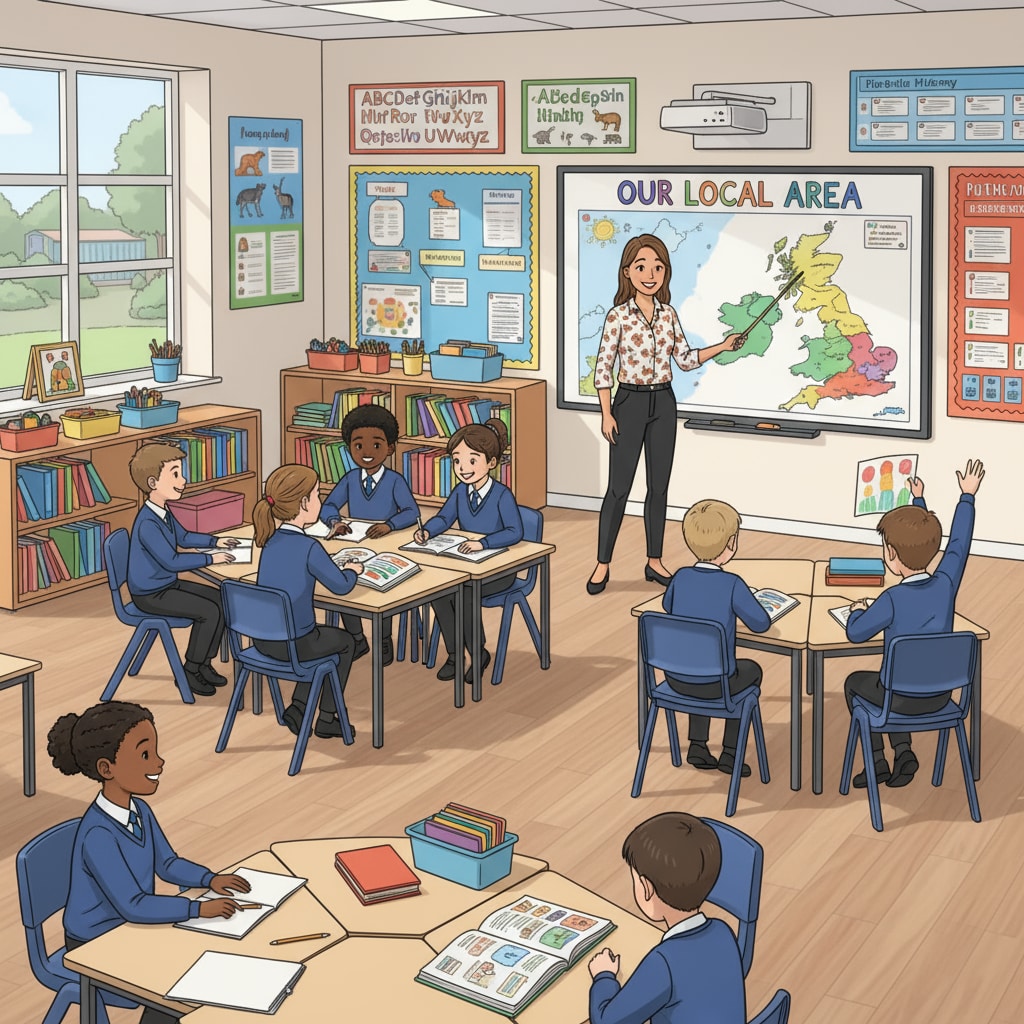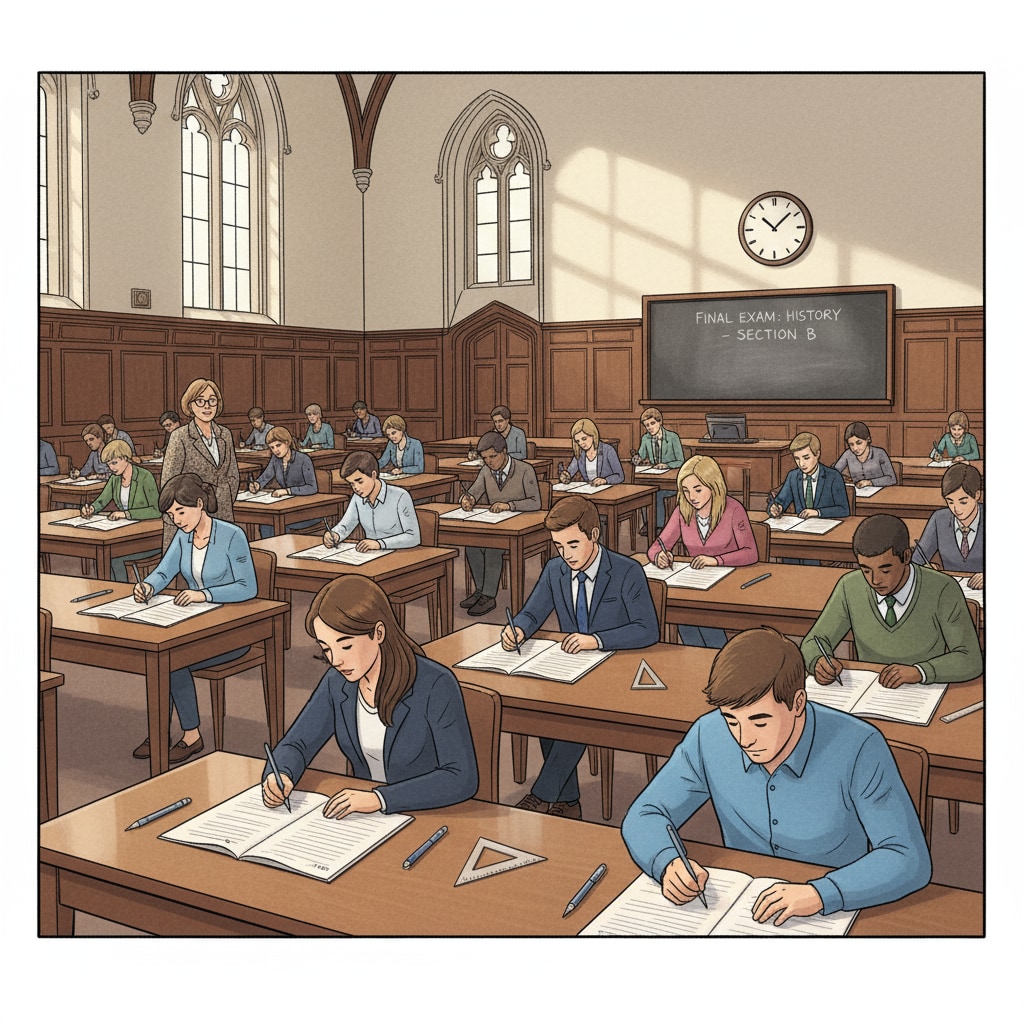The UK education system, curriculum reform, and student assessment methods are at a crossroads, facing numerous challenges that demand immediate attention. In the modern era, the traditional models are struggling to keep pace with the rapid advancements in technology and the evolving needs of students.

As we explore the current state of the UK education system, it becomes evident that a comprehensive overhaul is necessary.
The Current State of the UK Education System
The UK education system has long been admired globally for its rich history and prestigious institutions. However, beneath the surface, there are significant structural issues. For example, the curriculum in many K12 schools has become somewhat僵化 (rigid). It often focuses on rote learning and memorization rather than fostering critical thinking and creativity. According to Wikipedia’s page on Education in the United Kingdom, this approach can limit students’ ability to adapt to real-world situations.

The Problem of Rigid Curriculum
The rigid curriculum is one of the most significant hurdles in the UK education system. It lacks flexibility and fails to incorporate the latest developments in various fields. As a result, students may find themselves ill-prepared for the dynamic job market. In addition, the standardized nature of the curriculum does not account for the diverse learning styles and interests of students. This can lead to disengagement and a lack of motivation among learners.
Single-dimensional Assessment Methods
Student assessment methods in the UK also need a major overhaul. Currently, the reliance on high-stakes exams, such as GCSEs and A-levels, is excessive. These exams often measure only a narrow range of skills, mainly rote knowledge and exam-taking abilities. As stated in Britannica’s article on the UK education system, this one-size-fits-all approach fails to accurately gauge a student’s true potential and capabilities.
The Marginalization of Arts Education
Another concerning aspect is the marginalization of arts education in the UK. In the push for academic excellence in core subjects like math and science, arts subjects such as music, art, and drama are often sidelined. This not only impoverishes the overall educational experience but also neglects the creative and emotional development of students. Without a well-rounded education that includes the arts, students may lack the skills necessary for innovation and problem-solving in the 21st century.
The Impact of AI on Education
The advent of artificial intelligence (AI) presents both challenges and opportunities for the UK education system. On one hand, AI can be used to personalize learning experiences, providing tailored content and feedback to students. On the other hand, it also raises questions about the role of teachers and the skills students need to acquire. For instance, in an AI-driven educational landscape, students will need to develop digital literacy and critical thinking skills to evaluate the information provided by AI tools.
The Need for Curriculum Reform
To address these issues, curriculum reform is essential. The curriculum should be updated to include relevant and contemporary topics, such as digital technology, environmental studies, and global citizenship. It should also be more flexible, allowing schools and teachers to adapt it to the local context and the needs of individual students. By doing so, students will be better equipped to face the challenges of the 21st century.
Innovative Student Assessment Methods
Alongside curriculum reform, innovative student assessment methods are required. Instead of relying solely on exams, a more holistic approach should be adopted. This could include project-based assessments, portfolios, and peer evaluations. These methods would provide a more comprehensive view of a student’s abilities and achievements, encouraging them to develop a wider range of skills.
Readability guidance: The article uses short paragraphs and lists to summarize key points. Each H2 section aims to provide a list of relevant aspects. The proportion of passive voice and long sentences is controlled, and transition words are scattered throughout the text to enhance readability.


